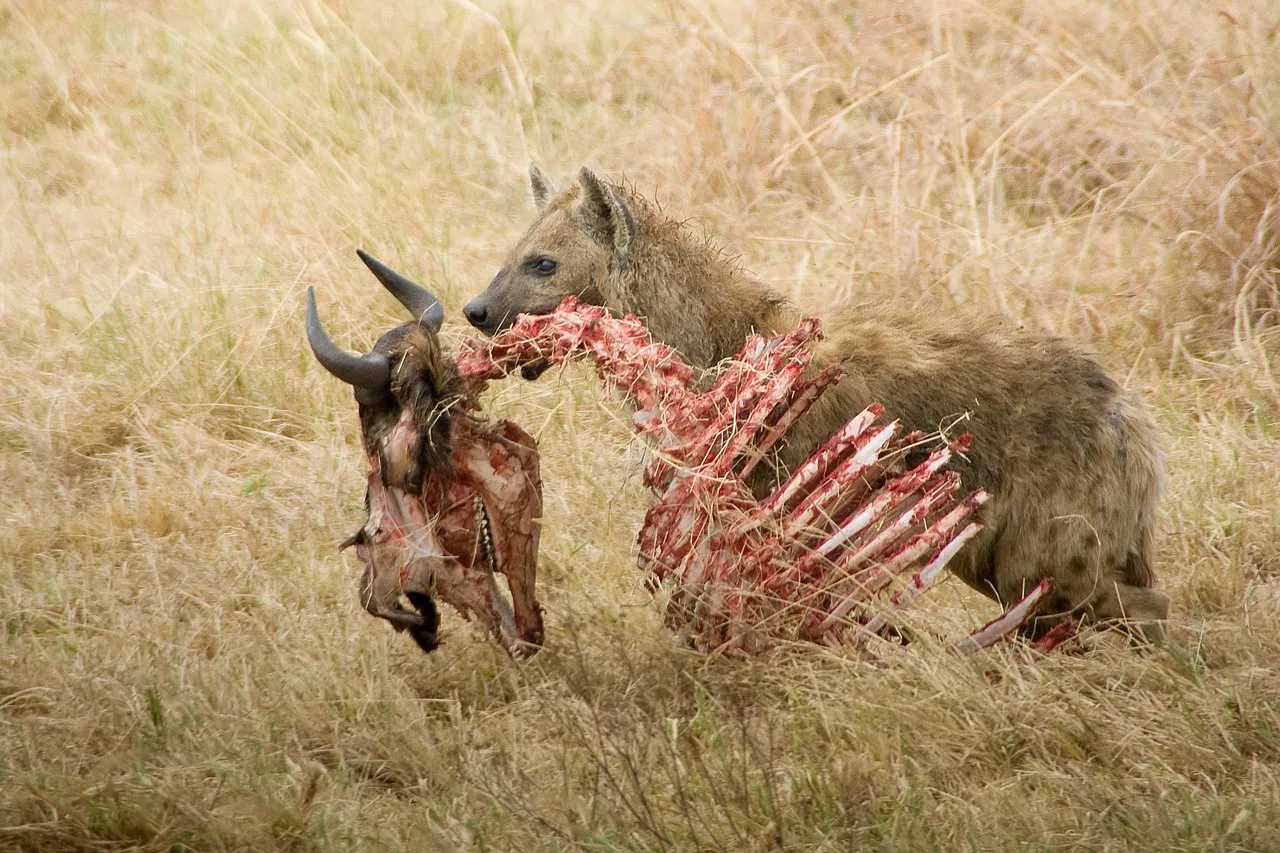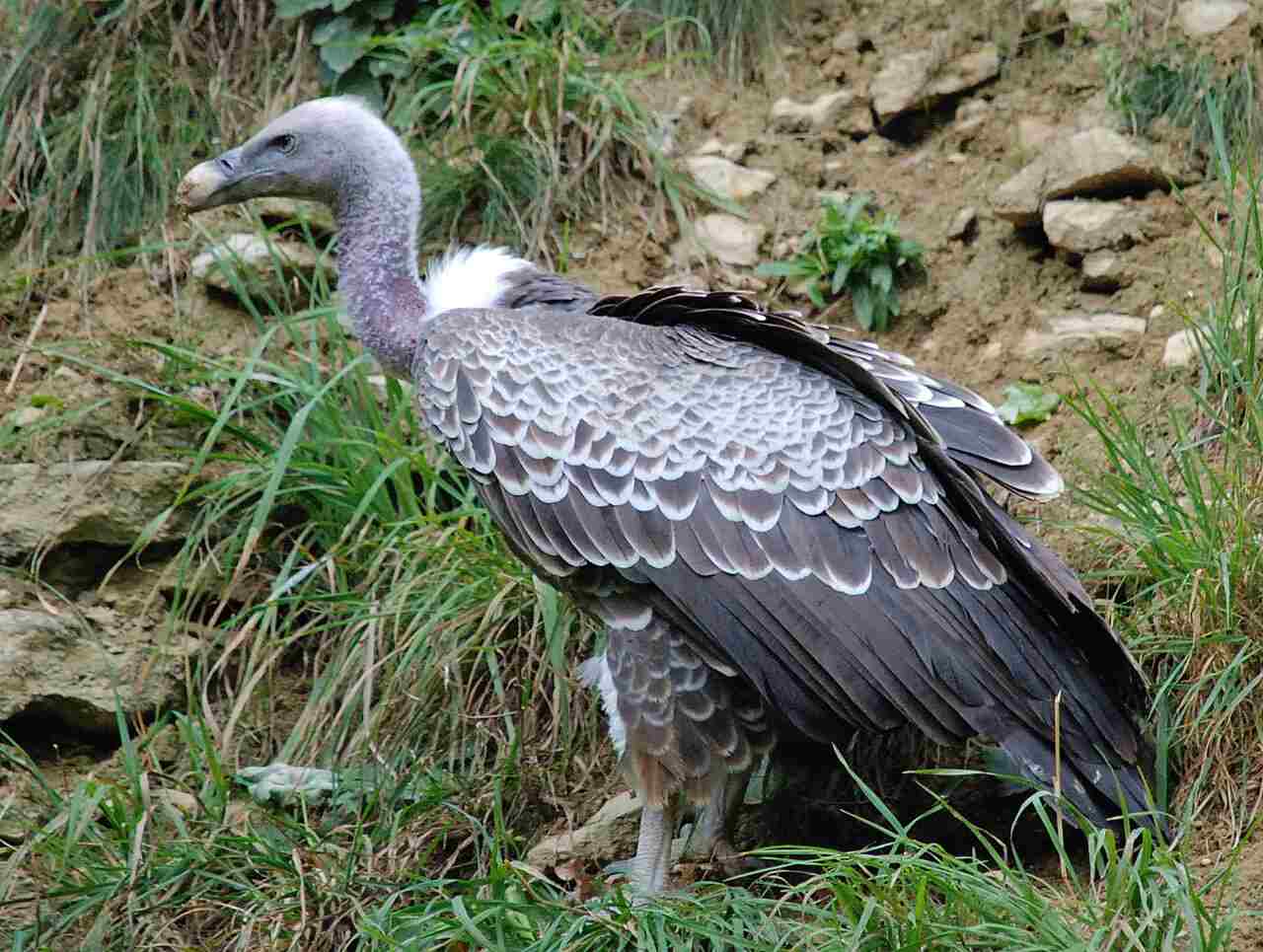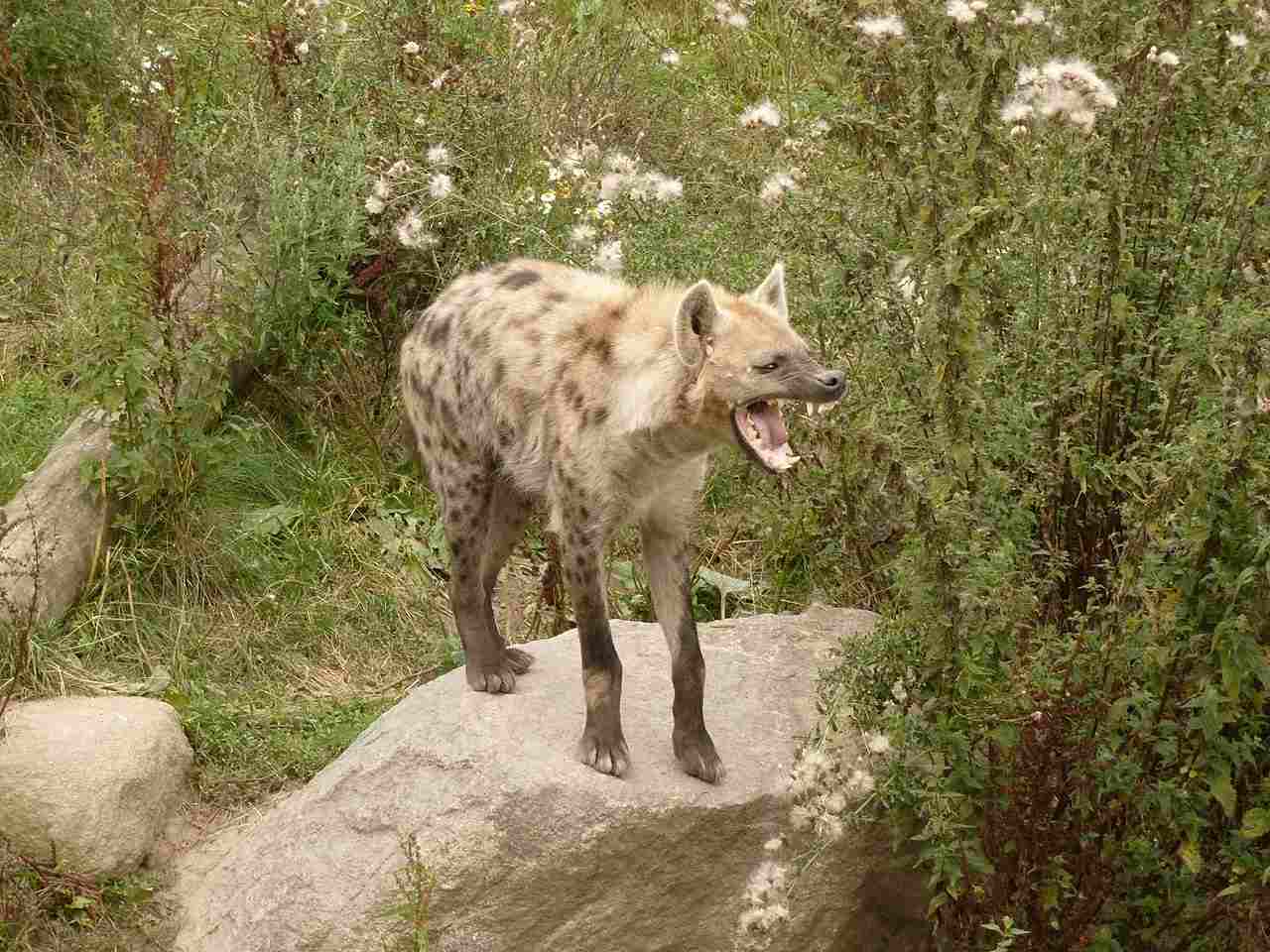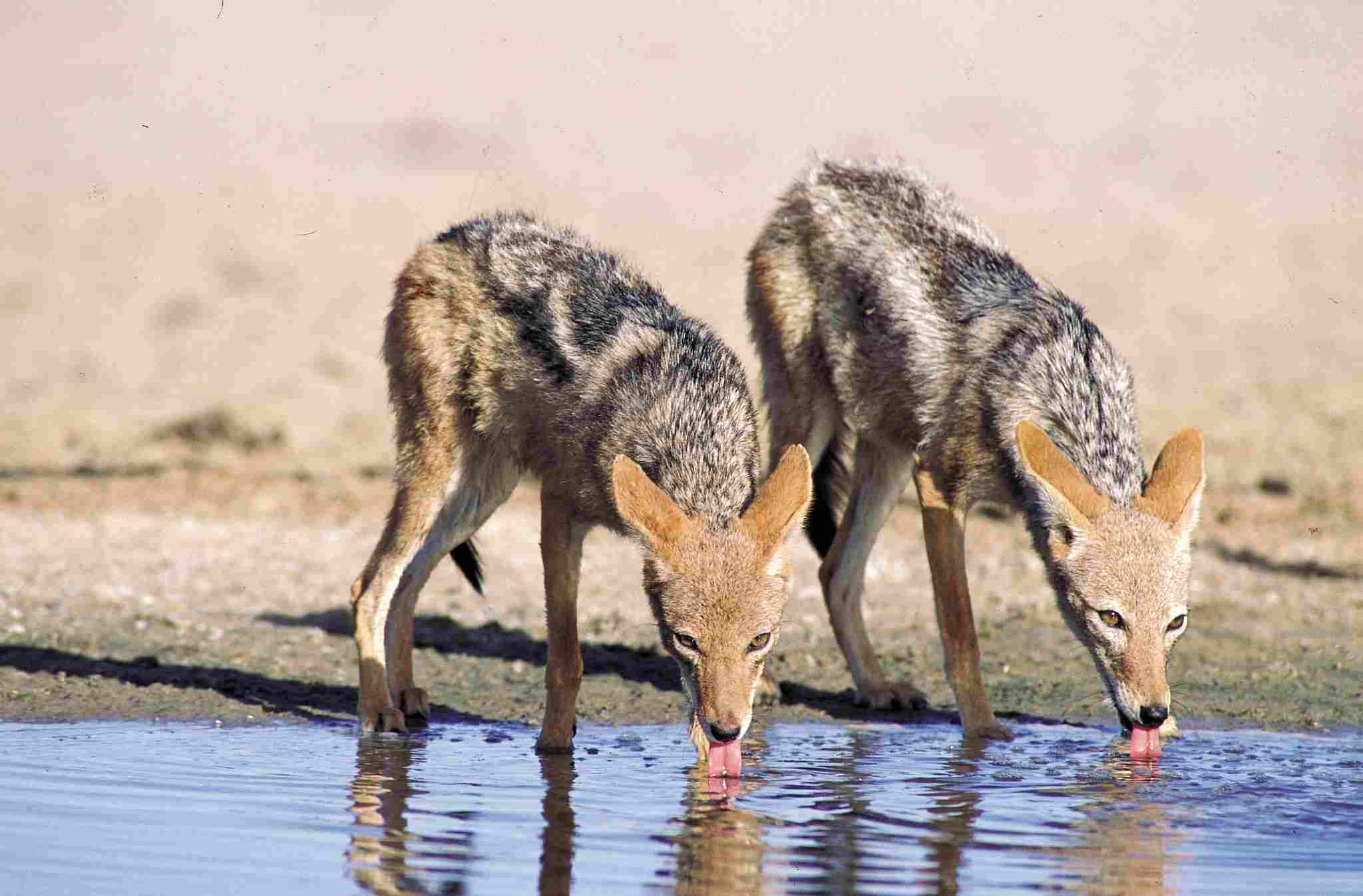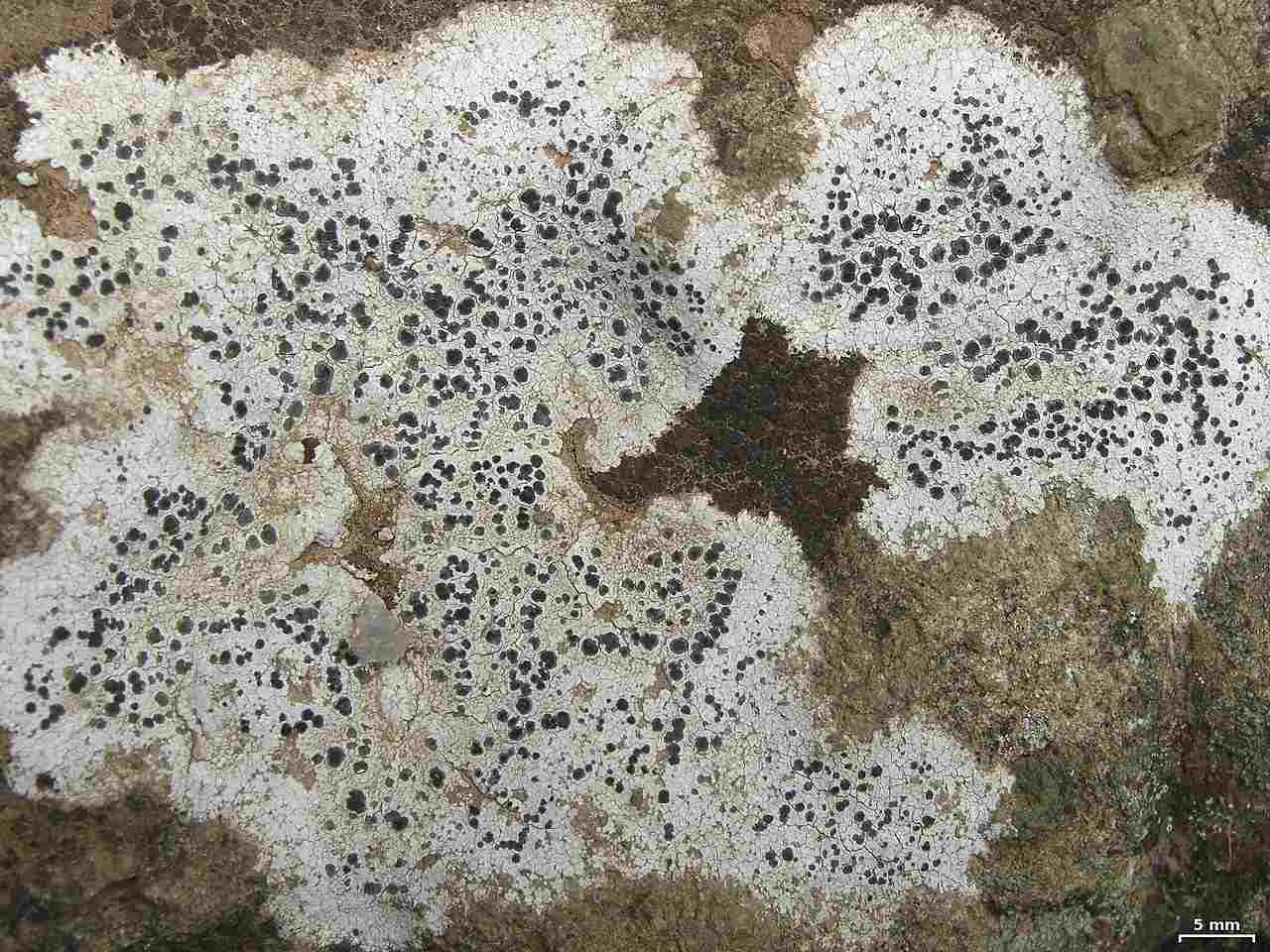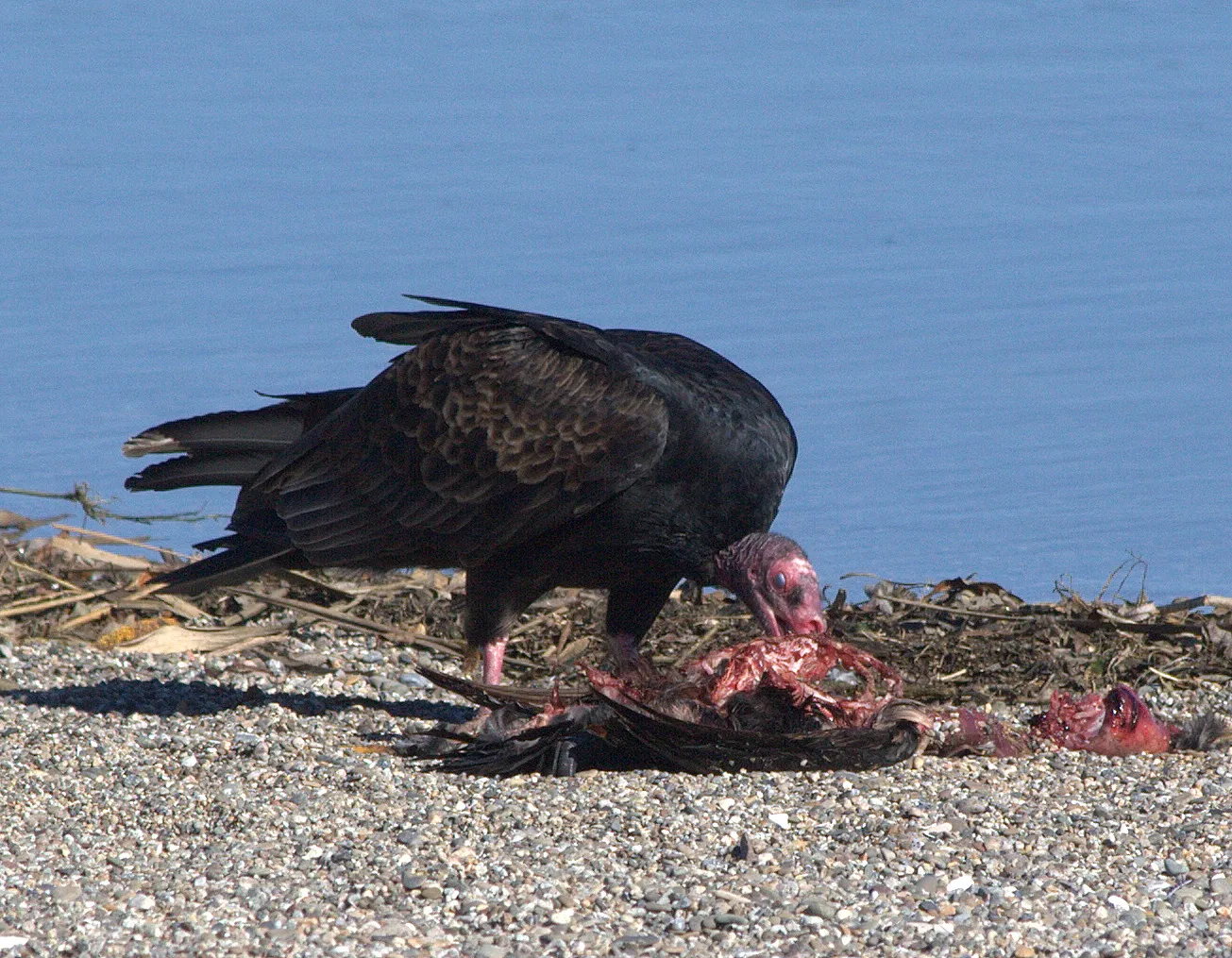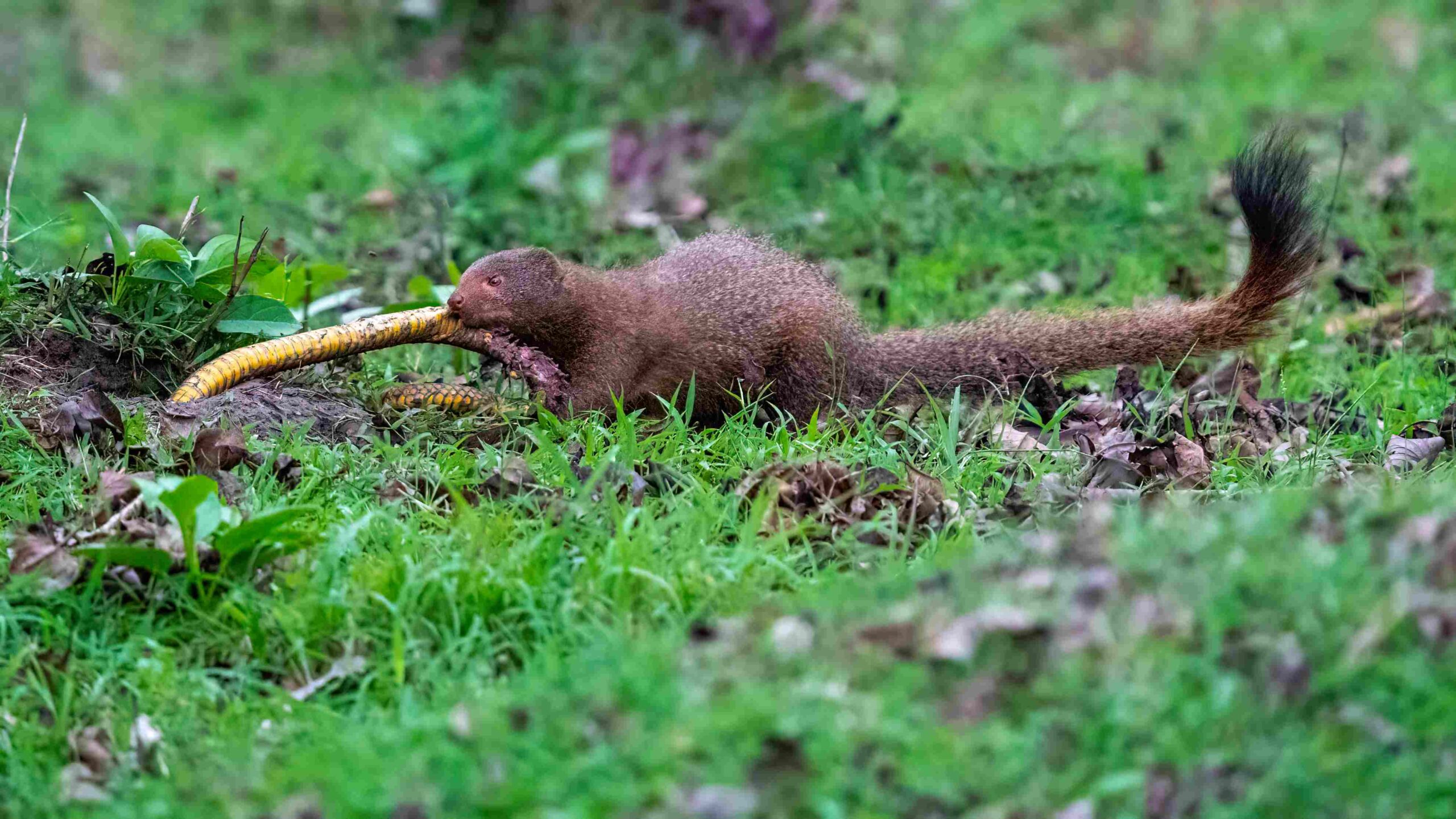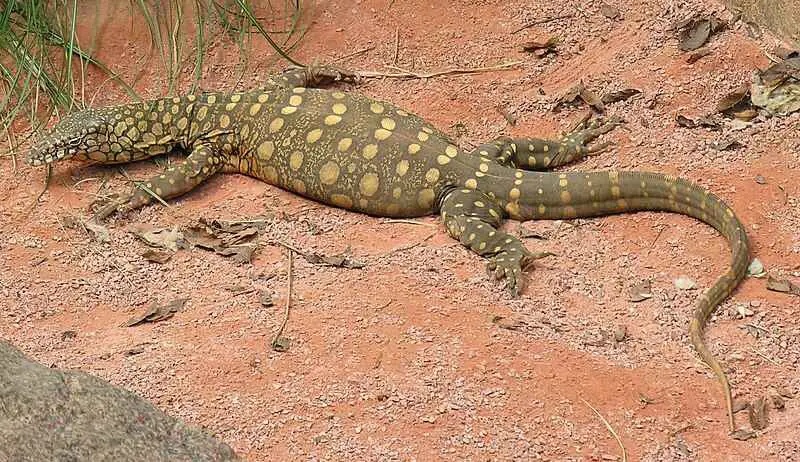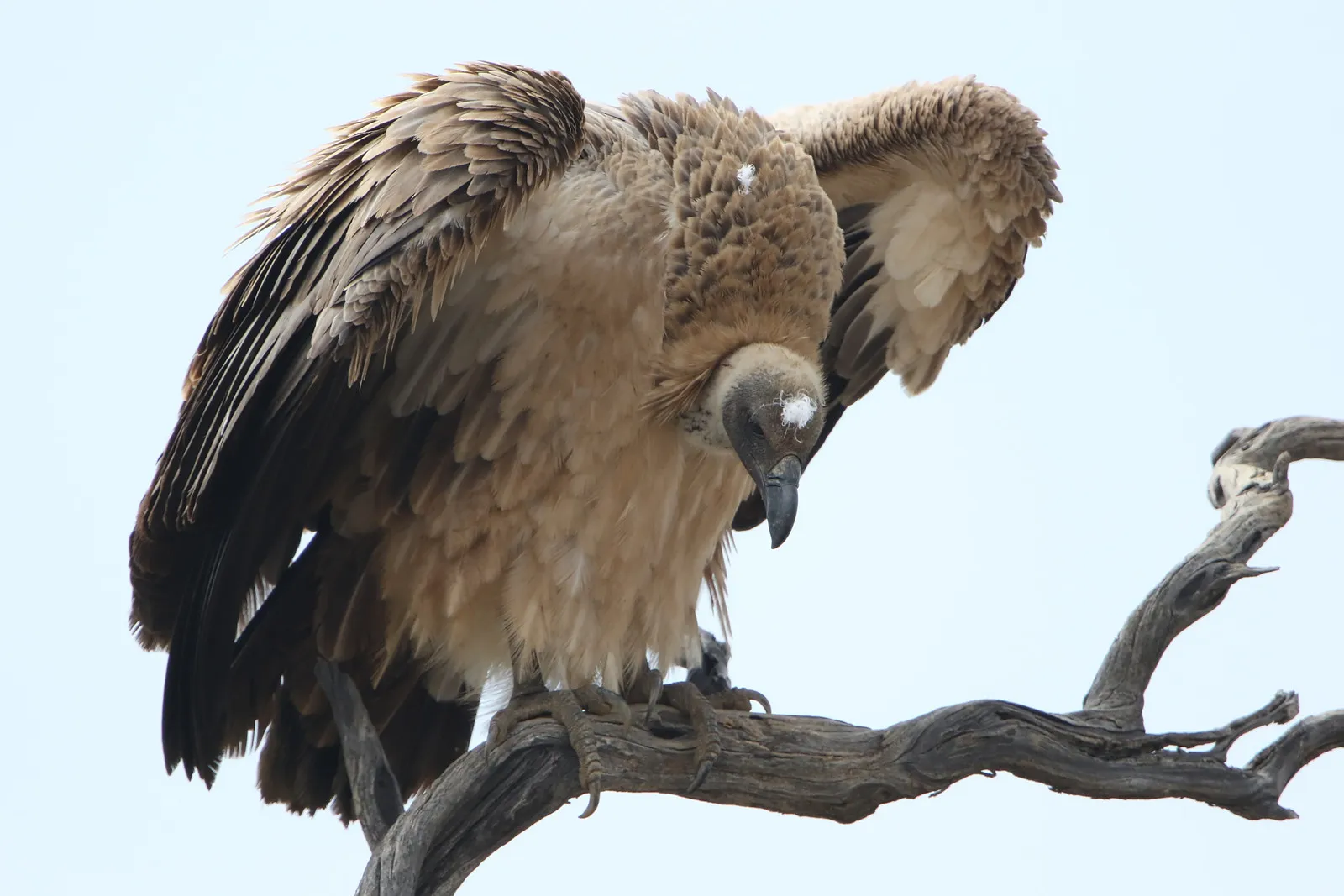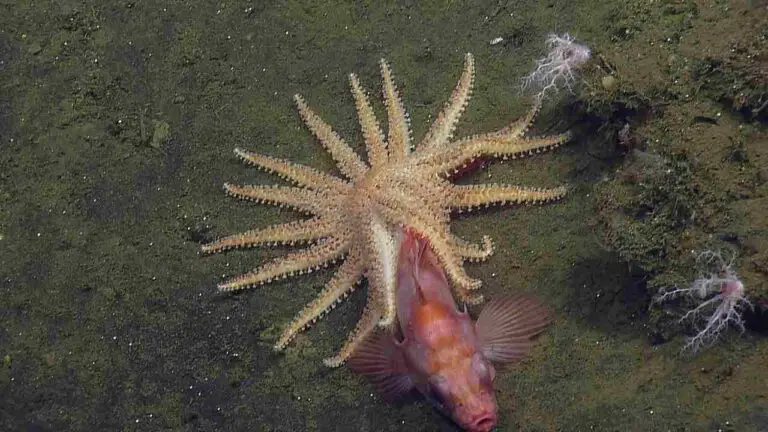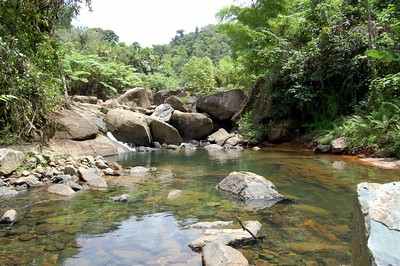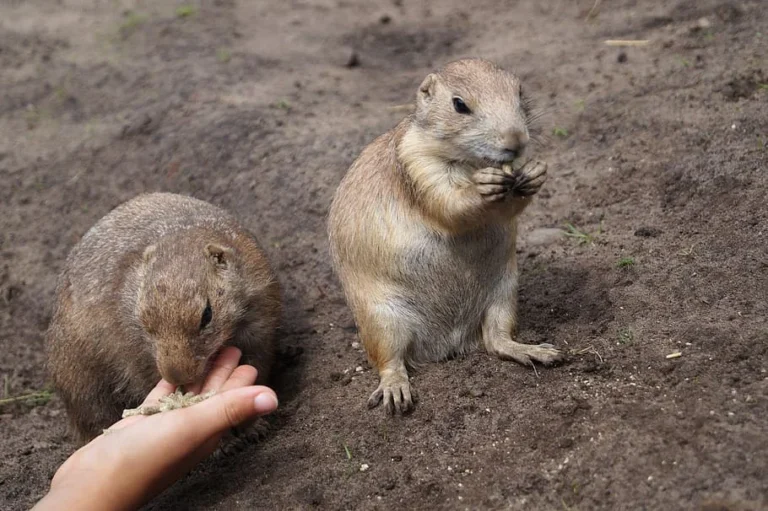7+ Scavengers In Africa and Their Characteristics
Examples of scavengers in Africa are vultures, hyenas, jackals, civets, and beetles. These animals play a crucial role in the ecosystem by feeding on carrion, thereby helping to prevent the spread of disease and promoting nutrient cycling. Vultures, like the White-Backed Vulture and the Lappet-Faced Vulture, are specialized in consuming carcasses, while hyenas, such as the Spotted Hyena, are both hunters and scavengers. Other scavengers, like jackals and civets, are opportunistic feeders that contribute to cleaning up the environment. Overall, these scavengers are essential for maintaining ecological balance and a healthy environment.
1. Marabou Stork
The Marabou Stork (Leptoptilos crumenifer) is a distinctive scavenger native to sub-Saharan Africa. Recognized for its large size and bald head, this stork is an essential part of the ecosystem, playing a crucial role in cleaning up carrion and preventing the spread of disease. With a wingspan that can reach over 10 feet, the Marabou Stork is one of the largest flying birds, which aids in its ability to cover vast distances in search of food.
Visually, the Marabou Stork is quite unique, with its naked head and neck, a characteristic shared by other scavenging birds, which helps it stay clean while feeding on carrion. Its plumage is a mix of white and dark gray, with an expansive wingspan that is more commonly associated with large raptors than with typical storks. The stork’s long legs and large bill allow it to delve into carcasses, often alongside other scavengers like vultures and hyenas.
Marabou Storks are opportunistic feeders, consuming a variety of food sources, including carrion, insects, and small vertebrates. This adaptability makes them highly successful in both rural and urban environments. They are frequently seen near garbage dumps and in proximity to human settlements, where they scavenge for discarded waste and other food scraps.
Their role in the ecosystem is vital. By consuming carrion, the Marabou Stork helps break down decaying organic matter, reducing the spread of diseases that could affect other wildlife and humans. Despite their somewhat unsightly appearance, they serve a valuable function in maintaining the balance within their habitats.
While they are generally widespread, Marabou Storks are occasionally subjected to threats like habitat loss and poisoning due to feeding on contaminated carrion. Conservation efforts focus on ensuring these birds have safe environments and reducing risks from human-related activities.
In summary, the Marabou Stork is a fascinating and integral scavenger in the African landscape, providing a critical service by removing carrion and contributing to the health of the ecosystem. Despite their imposing appearance, they are one of nature’s most efficient recyclers, demonstrating the complex relationships that exist within the African wilderness.
2. Striped Hyena
The Striped Hyena (Hyaena hyaena) is a skilled scavenger found in northern and eastern Africa, as well as parts of the Middle East and India. Unlike its more famous cousin, the Spotted Hyena, the Striped Hyena is smaller and generally less aggressive. It has a distinctive appearance with grayish-brown fur, dark stripes along its body, and a prominent mane running along its back.
The Striped Hyena is predominantly a scavenger, feeding on carrion, but it also has an omnivorous diet that can include fruits, insects, and small mammals. It is a nocturnal creature, generally hunting and foraging at night, which makes it a more elusive presence in its environment. Despite its primarily solitary behavior, the Striped Hyena is known to form loose social groups, especially when scavenging large carcasses.
While it might not have the strong social structure of other hyenas, the Striped Hyena is a resourceful and adaptable scavenger, able to survive in a variety of environments, from arid deserts to savannas. Its role in the ecosystem is crucial, as it helps decompose dead animals, reducing the risk of disease and contributing to the recycling of nutrients.
3. Spotted Hyena
The Spotted Hyena (Crocuta crocuta), also known as the Laughing Hyena, is one of Africa’s most well-known scavengers, though it is also a proficient hunter in its own right. It has a robust build, with strong jaws capable of crushing bones, and a social structure based on clans that can consist of dozens of individuals. These clans are often matriarchal, with a dominant female leading the group.
Spotted Hyenas are highly adaptable and can survive in various habitats, from savannas to forests. They are known for their unique vocalizations, including the famous “laugh,” which they use to communicate within their clan and to assert dominance during feeding frenzies. Although they are primarily scavengers, they are also skilled hunters, often working together to bring down large prey like wildebeests and zebras.
As scavengers, Spotted Hyenas play a significant role in maintaining the balance of ecosystems by cleaning up carcasses and reducing the spread of disease. They often feed alongside other scavengers, such as vultures and storks, demonstrating their adaptability in a competitive environment.
4. Jackal
Jackals are small to medium-sized canids found in Africa, with the most common species being the Black-backed Jackal (Canis mesomelas) and the Golden Jackal (Canis aureus). They are known for their adaptability and omnivorous diet, feeding on a wide range of food sources, including carrion, small mammals, insects, and fruits. Their slender build and keen senses make them agile scavengers and effective hunters.
Jackals are generally monogamous, often living in small family groups, which helps them efficiently find food and defend their territory. Although they are often associated with scavenging, they are opportunistic feeders and can hunt when the opportunity arises. Their intelligence and resourcefulness enable them to thrive in diverse environments, from arid deserts to savannas and even urban areas.
In the African ecosystem, jackals play an important role in maintaining balance by cleaning up carrion and controlling populations of smaller prey. They are also known to follow larger predators, like lions, to scavenge leftovers from their kills. This behavior helps reduce waste and contributes to the efficient cycling of nutrients within the ecosystem.
5. White-Backed Vulture
The White-Backed Vulture (Gyps africanus) is a key scavenger in the African savannah, known for its large size, bald head, and distinctive white patch on its back. It is a social bird that often feeds in large groups, particularly around carcasses. This vulture has a wingspan of over 8 feet, allowing it to soar great distances in search of food, making it a vital part of the ecosystem’s cleaning crew.
White-Backed Vultures have strong beaks designed to tear flesh, and their bald heads allow them to feed on carrion without getting too dirty. They are often seen circling high above the ground, using their keen eyesight to locate dead or dying animals. Once one vulture finds a carcass, others quickly gather, leading to a feeding frenzy that can attract other scavengers, like hyenas and jackals.
These vultures play a crucial role in African ecosystems, helping to reduce the spread of disease by consuming decomposing carcasses. By efficiently cleaning up dead animals, they help maintain a healthy environment for other wildlife and humans. However, White-Backed Vultures face significant threats, primarily from habitat loss and poisoning. Conservation efforts are essential to protect these vital scavengers from extinction.
6. Lappet-Faced Vulture
The Lappet-Faced Vulture (Torgos tracheliotos) is one of the largest vultures in Africa, characterized by its massive size, powerful beak, and distinctive lappets of flesh that hang from its neck. It has a bold appearance, with a combination of dark feathers, a bald head, and a large, hooked beak. This vulture is less social than other species and often feeds alone or in smaller groups.
Lappet-Faced Vultures are among the first to arrive at a carcass, thanks to their keen eyesight and ability to cover vast distances. Their strong beaks enable them to break into tough hides and even crush bones, which other scavengers struggle to do. This ability allows them to access food sources that might otherwise go to waste.
These vultures are essential for the ecosystem, aiding in the decomposition of carcasses and reducing the spread of disease. However, they face several threats, including habitat loss, poisoning, and human encroachment. Conservation measures are crucial to ensure the survival of this iconic scavenger.
7. Beetle
Beetles are a diverse group of insects that play a significant role in scavenging and decomposition in African ecosystems. There are thousands of beetle species, many of which specialize in breaking down organic matter, including carrion, dung, and plant material. Among the most well-known scavenger beetles are the dung beetles, which are instrumental in recycling animal waste.
Dung beetles are particularly important in African environments, where they collect and bury animal dung, providing several ecological benefits. By burying dung, they aerate the soil, enhance nutrient cycling, and reduce the presence of parasites and flies. This process contributes to soil health and reduces the risk of disease spreading among wildlife.
Scavenger beetles are not limited to dung; many also feed on carrion, aiding in the decomposition process. These beetles are often small but are highly efficient at breaking down organic matter, playing an essential role in maintaining a clean and healthy environment. While they may be less visible than larger scavengers, their impact is profound, showcasing the interconnectedness of all scavengers in the African ecosystem.
8. Lion
Lions (Panthera leo) are among the most iconic animals in Africa, known for their strength, pride-based social structure, and majestic appearance. While lions are typically associated with hunting large prey, they are also opportunistic scavengers, capitalizing on carrion when it is available. This scavenging behavior complements their role as apex predators, allowing them to access additional food sources with less effort.
Lions often scavenge from other predators, such as hyenas, leopards, and cheetahs, using their size and strength to intimidate these smaller animals. A pride of lions, with its cooperative structure, can easily overtake a kill and drive off other scavengers. This behavior benefits the pride by providing a quick source of food without the risks and energy expenditure associated with hunting.
Despite their reputation as apex predators, lions play a significant role in the scavenging ecosystem. By consuming carrion, they help maintain ecological balance, ensuring that no part of a carcass goes to waste. This behavior also contributes to the breakdown of organic matter, reducing the spread of disease and maintaining a healthy environment for other wildlife.
9. African Golden Cat
The African Golden Cat (Caracal aurata) is a lesser-known feline species native to the rainforests of Central and West Africa. It is closely related to the serval and caracal, but it has a more elusive nature due to its dense forest habitat. Although primarily a hunter of small mammals, birds, and reptiles, the African Golden Cat occasionally scavenges, making it a minor yet important part of the scavenging ecosystem.
This cat has a unique and striking appearance, with a short tail, rounded ears, and a coat that ranges from reddish-brown to grayish-brown, often with spots or stripes. Its agile and stealthy nature allows it to navigate the forest floor and treetops, giving it a wide range of potential food sources. While its diet primarily consists of live prey, it is not above scavenging when the opportunity arises, particularly in areas where food resources are limited.
The African Golden Cat’s role in the scavenging ecosystem is less significant than that of larger scavengers, but its opportunistic behavior contributes to the breakdown of organic matter. By consuming carrion, it helps maintain ecological balance and supports the recycling of nutrients within its habitat. However, this species faces threats from deforestation and habitat loss, which impact its population and the health of the rainforest ecosystem.
10. Civet
Civets are a diverse group of small to medium-sized mammals found throughout Africa, with several species like the African Civet (Civettictis civetta) and the Large-Spotted Genet (Genetta tigrina) being well-known examples. These animals have elongated bodies, bushy tails, and often exhibit striking patterns of spots or stripes. Civets are omnivorous and are known to be opportunistic feeders, eating everything from fruits and insects to small mammals and carrion.
The African Civet, in particular, is a well-adapted scavenger that thrives in various habitats, including forests, savannas, and grasslands. They are primarily nocturnal, which helps them avoid many predators while they scavenge for food. Civets have a keen sense of smell, which they use to locate carrion or other food sources in the dark. They are also known to frequent human settlements, where they scavenge for discarded food and other scraps.
Despite their smaller size, civets play an important role in the ecosystem. By scavenging on carrion, they contribute to the decomposition process and help reduce waste, thus maintaining a healthier environment. Additionally, civets disperse seeds through their feces, aiding in forest regeneration and biodiversity. However, these animals face threats from habitat loss, hunting, and human encroachment, requiring conservation efforts to protect them.
11. Hawk
Hawks are a broad category of birds of prey, with several species found in Africa, including the African Harrier-Hawk (Polyboroides typus) and the African Goshawk (Accipiter tachiro). These birds are primarily hunters, preying on small mammals, birds, reptiles, and insects. However, some hawks exhibit scavenging behavior, especially when other food sources are scarce.
The African Harrier-Hawk is known for its distinctive double-jointed legs, which allow it to access nests in trees and crevices in search of prey. Although it is a skilled hunter, it sometimes resorts to scavenging, especially when following large predators like lions or leopards. This opportunistic behavior provides hawks with additional food sources and contributes to the ecosystem by ensuring that carrion is fully utilized.
Hawks play a vital role in the African ecosystem, both as predators and scavengers. By scavenging, they contribute to the decomposition process and help maintain a clean environment. They are often seen soaring high in the sky, using their keen eyesight to locate food sources. However, like other scavengers, hawks face threats from habitat loss and human activity, emphasizing the importance of conservation efforts to protect these majestic birds.
*Summary
-
Marabou Stork
-
Large scavenger in sub-Saharan Africa with a bald head and white and gray plumage.
-
Feeds on carrion, insects, and small vertebrates.
-
Vital for cleaning up carrion and preventing disease spread.
-
Faces threats from habitat loss and poisoning.
-
-
Striped Hyena
-
Scavenger found in northern and eastern Africa with grayish-brown fur and dark stripes.
-
Primarily nocturnal; feeds on carrion, fruits, and small mammals.
-
Contributes to ecosystem health by reducing disease spread.
-
Threatened by habitat loss and poisoning.
-
-
Spotted Hyena
-
Known for strong social structure and bone-crushing jaws.
-
Both scavenger and hunter; feeds on carrion and hunts large prey.
-
Essential for maintaining ecological balance.
-
Faces threats from habitat loss and human conflict.
-
-
Jackal
-
Small to medium-sized canid with an omnivorous diet.
-
Scavenges carrion and can also hunt small prey.
-
Important for reducing waste and aiding nutrient cycling.
-
Threatened by habitat loss and human activities.
-
-
White-Backed Vulture
-
Large vulture with a white patch on its back.
-
Feeds on carrion and helps prevent disease spread.
-
Often feeds in large groups around carcasses.
-
Threatened by habitat loss and poisoning.
-
-
Lappet-Faced Vulture
-
One of the largest vultures in Africa with a distinctive appearance.
-
Strong beak allows it to break into tough hides and bones.
-
Plays a crucial role in the decomposition of carcasses.
-
Faces significant threats from habitat loss and poisoning.
-
-
Beetle
-
Diverse group of insects specializing in breaking down organic matter.
-
Dung beetles contribute to soil health and reduce disease risk.
-
Play a significant role in nutrient cycling and ecosystem health.
-
Essential for decomposing carrion and other organic matter.
-
-
Lion
-
Iconic apex predator that also scavenges from other predators.
-
Social structure based on pride; often takes over kills from smaller scavengers.
-
Contributes to ecological balance by consuming carrion.
-
Faces threats from habitat loss and human-wildlife conflict.
-
-
African Golden Cat
-
Elusive feline native to Central and West African rainforests.
-
Primarily a hunter, but also scavenges opportunistically.
-
Contributes to ecosystem balance by consuming carrion.
-
Threatened by deforestation and habitat loss.
-
-
Civet
-
Small to medium-sized omnivorous mammals with distinct patterns.
-
Scavenges carrion and plays a role in seed dispersal.
-
Helps reduce waste and maintain a clean environment.
-
Faces threats from habitat loss and human encroachment.
-
-
Hawk
-
Broad category of birds of prey, some of which scavenge.
-
African Harrier-Hawk is known to scavenge and has unique double-jointed legs.
-
Contributes to ecosystem health by scavenging on carrion.
-
Threatened by habitat loss and human activity.
-
| Scavenger |
Key Characteristics and Threats
|
| Marabou Stork |
Large scavenger with bald head; feeds on carrion and insects; threatened by habitat loss and poisoning.
|
| Striped Hyena |
Scavenger with grayish-brown fur and dark stripes; nocturnal; threatened by habitat loss and poisoning.
|
| Spotted Hyena |
Strong social structure; scavenger and hunter; threatens smaller predators; threatened by habitat loss and human conflict.
|
| Jackal |
Small to medium-sized canid; omnivorous; scavenges carrion; threatened by habitat loss and human activities.
|
| White-Backed Vulture |
Large vulture with a white patch; feeds on carrion; threatened by habitat loss and poisoning.
|
| Lappet-Faced Vulture |
One of the largest vultures; strong beak for breaking tough hides; threatened by habitat loss and poisoning.
|
| Beetle |
Diverse group of insects; dung beetles contribute to soil health; essential for nutrient cycling.
|
| Lion |
Iconic apex predator; also scavenges; social structure based on pride; threatened by habitat loss and human-wildlife conflict.
|
| African Golden Cat |
Elusive feline; primarily a hunter but scavenges; threatened by deforestation and habitat loss.
|
| Civet |
Small to medium-sized omnivorous mammal; scavenges carrion; threatened by habitat loss and human encroachment.
|
| Hawk |
Birds of prey; some species scavenge; contributes to ecosystem health; threatened by habitat loss and human activity.
|
Frequently Asked Questions (FAQs) about African Scavengers
What is the role of scavengers in the African ecosystem?
Scavengers play a critical role in the African ecosystem by consuming carrion, which helps prevent the spread of disease and contributes to nutrient cycling. By breaking down dead organic matter, scavengers like vultures, hyenas, and others maintain a cleaner environment, benefiting other wildlife and humans.
How do scavengers differ from predators?
Predators actively hunt live prey, while scavengers primarily feed on carrion or dead organic matter. However, some animals, like lions and spotted hyenas, can be both predators and scavengers, taking advantage of available resources.
Why are vultures important to the African ecosystem?
Vultures are vital scavengers that help clean up carcasses, reducing the risk of diseases like anthrax and rabies. By consuming decomposing animal remains, they play a key role in maintaining a healthy ecosystem. Vultures can often be seen circling high above, searching for food sources.
What threats do scavengers face in Africa?
Scavengers in Africa face several threats, including habitat loss, poisoning (often due to feeding on poisoned carrion), human-wildlife conflict, and climate change. Conservation efforts are necessary to protect these important species and ensure their role in the ecosystem is sustained.
How do scavengers find food in the wild?
Scavengers use a combination of keen senses to locate food. Vultures have excellent eyesight and can spot carrion from high in the sky. Hyenas use their strong sense of smell to find food over large distances. Other scavengers, like civets and jackals, rely on a mix of sight and smell to find carrion and other food sources.
Are scavengers only found in specific parts of Africa?
Scavengers are found throughout Africa, from the arid deserts and savannas to dense rainforests and coastal regions. Each environment has its own unique set of scavengers, adapted to the available food sources and ecological conditions.
What is the social structure of scavengers like hyenas?
Spotted hyenas have a complex social structure based on clans, often led by a dominant female. These clans work together to hunt and scavenge, with strict hierarchies determining feeding order. Other scavengers, like striped hyenas, are more solitary or form loose groups.
Can scavengers and predators coexist in the same environment?
Yes, scavengers and predators often coexist in the same environment, with a degree of overlap in their roles. Scavengers frequently rely on predators to provide carrion from their kills, while predators sometimes scavenge when hunting is less successful. This interaction contributes to the balance and resilience of the ecosystem.
What conservation efforts are in place to protect scavengers in Africa?
Conservation efforts for African scavengers focus on addressing threats like habitat loss, poisoning, and human-wildlife conflict. This includes establishing protected areas, implementing anti-poisoning measures, and educating local communities about the importance of scavengers. Organizations and wildlife authorities work together to ensure the survival of these vital species.
